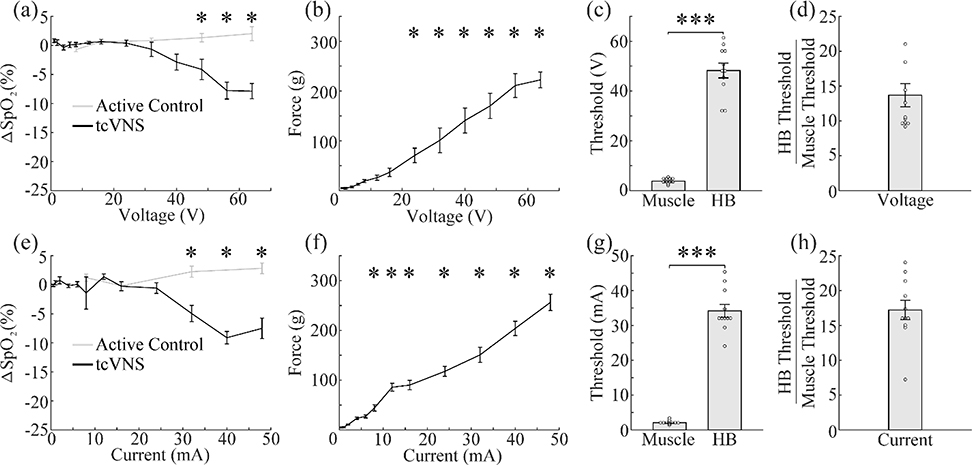Figure 3: tcVNS requires higher stimulation intensities to activate the vagus nerve.
a) tcVNS over the left cervical vagus nerve produces reductions in SpO2 as a function of voltage, but stimulation at the active control site does not. b) tcVNS activates the muscles in the neck at low voltages and the amplitude increases nearly linearly with increasing voltage. c) The threshold for activating the vagus nerve is significantly higher than the threshold to activate the neck muscles. d) The vagus activation threshold was over 10 fold higher than the muscle activation threshold. e-h) Same as a-d, but using current controlled stimulation instead of voltage controlled. * in (a-b and e-f) denotes intensities at which the mean response significantly differed from zero. *** denotes a difference between groups with p<0.001

